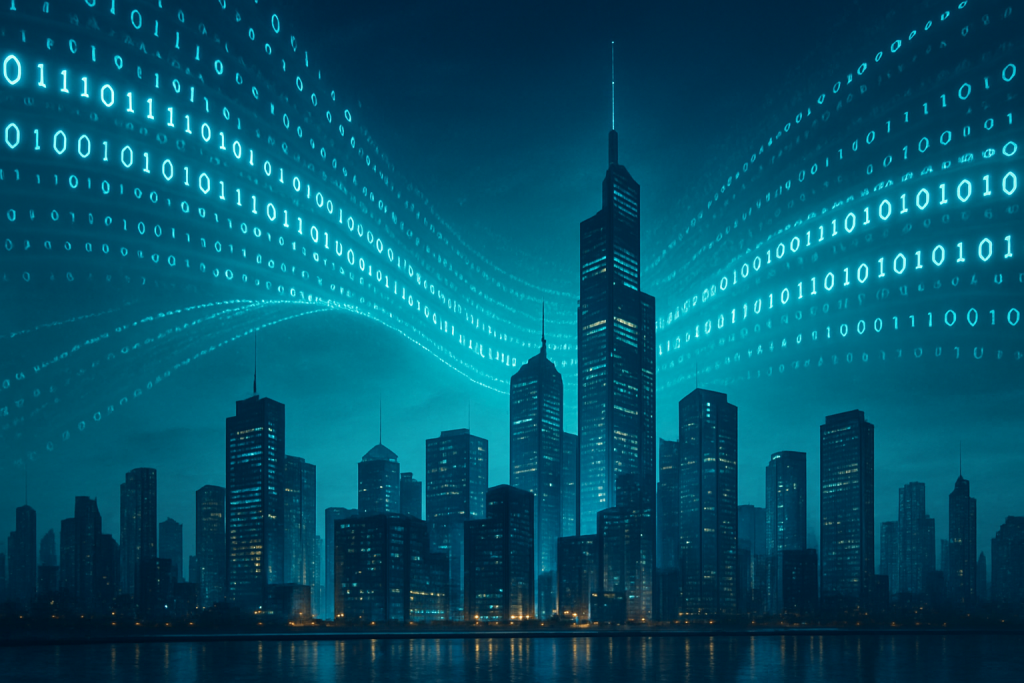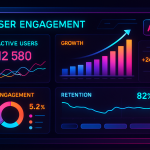Remember the Y2K scare? The world held its breath, convinced that the flip of the calendar would send us back to the Stone Age thanks to computer glitches. Well, fast forward twenty-five years, and instead of fearing calendar-induced chaos, we’re grappling with something far more nuanced, far more powerful: Artificial Intelligence. And this time, it’s not about whether the ATMs will work, but about the very fabric of our economy.
Yesterday, September 3rd, 2025, the Reserve Bank of Australia (RBA) dropped a bit of a bombshell, though packaged in the calm, measured tones of central banking. Governor Michele Bullock announced a comprehensive study into how AI might impact the Australian economy, with a laser focus on two key areas: inflation and the labor market. Forget HAL 9000 threatening to disconnect life support; this is about something potentially more insidious: algorithms quietly reshaping our financial reality.
The backdrop to this announcement is, of course, the relentless march of AI. We’re not just talking about chatbots that can write passable poetry or algorithms that recommend your next binge-watch (though those exist, and are getting eerily good). We’re talking about AI systems capable of analyzing vast datasets, predicting market trends, and even automating complex tasks previously handled by humans. Think about it: the same tech that powers self-driving cars could also be used to optimize supply chains, manage investment portfolios, or even, dare we say, predict the next financial crisis. Or perhaps *cause* it, if Skynet gets a little too ambitious with its quant trading.
Bullock’s speech in Perth acknowledged the inherent uncertainties surrounding AI, but she also stressed the need for proactive policymaking. It’s a bit like preparing for a hurricane: you don’t know exactly where it’s going to hit or how strong it will be, but you better have a plan in place. The RBA’s plan involves understanding how AI might disrupt the labor market (creating new jobs, redefining old ones, and potentially displacing others), and how it might influence inflation, a perennial concern for central bankers everywhere.
The RBA isn’t just talking the talk, though. They’re walking the walk, or rather, processing the data. They’ve invested in their first enterprise-class Graphics Processing Unit (GPU). For those not fluent in tech-speak, think of it as the AI equivalent of a Formula 1 engine: a powerful piece of hardware designed to crunch massive amounts of data quickly and efficiently. This GPU will power the RBA’s new AI-driven research tools, helping their analysts make sense of the rapidly evolving economic landscape. But, crucially, Bullock was quick to reassure everyone that AI will only *augment* research, not *dictate* policy. No algorithms will be setting interest rates anytime soon. At least, not officially.
So, what are the implications of all this? Well, for starters, it signals a growing recognition among central banks worldwide that AI is a force to be reckoned with. The RBA’s move is likely to spur other institutions to follow suit, investing in AI research and developing their own analytical tools. It’s a race to understand and adapt to a technology that could fundamentally alter the way our economies function. Imagine a future where economic forecasts are generated by AI, where monetary policy is fine-tuned by algorithms, and where financial markets are constantly monitored by intelligent systems. It sounds like a science fiction novel, but it’s rapidly becoming a reality.
Which industries will be most affected? Pretty much all of them. Finance, of course, is at the forefront, with AI already being used for fraud detection, algorithmic trading, and risk management. But manufacturing, logistics, healthcare, and even agriculture are all ripe for AI-driven disruption. Think about personalized medicine based on AI-powered diagnostics, or automated farming systems that optimize crop yields. The possibilities are endless, and the potential economic benefits are enormous.
But let’s not get too carried away with the utopian vision. There are also significant risks. Job displacement is a major concern, as AI automates tasks previously performed by human workers. We might see a widening gap between the highly skilled (who can design and manage AI systems) and the less skilled (who may struggle to find employment in an AI-driven economy). Then there’s the ethical dimension: how do we ensure that AI systems are fair, unbiased, and transparent? How do we prevent them from perpetuating existing inequalities or making decisions that harm individuals or communities?
And let’s not forget the potential for misuse. AI could be used to manipulate markets, spread disinformation, or even develop autonomous weapons. It’s a powerful technology, and like any powerful technology, it can be used for good or for evil. Remember the old saying: with great power comes great responsibility? That applies to AI development more than ever. We need to have serious conversations about how to regulate AI, how to ensure that it’s used ethically, and how to mitigate its potential risks. It’s a conversation that needs to involve policymakers, researchers, industry leaders, and the public at large.
Ultimately, the RBA’s announcement is a sign of the times. We’re entering a new era, an era where AI is no longer a futuristic fantasy but a tangible force shaping our world. Whether that force will be a benevolent one or a destructive one remains to be seen. But one thing is clear: we need to understand it, adapt to it, and shape it in a way that benefits humanity. Otherwise, we might find ourselves living in a future that’s less like “Star Trek” and more like “The Matrix.” And nobody wants that.
Discover more from Just Buzz
Subscribe to get the latest posts sent to your email.


